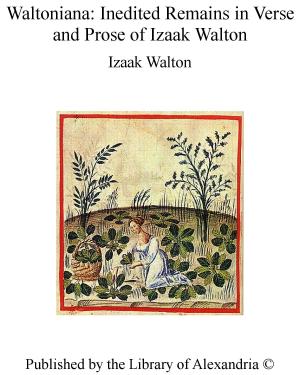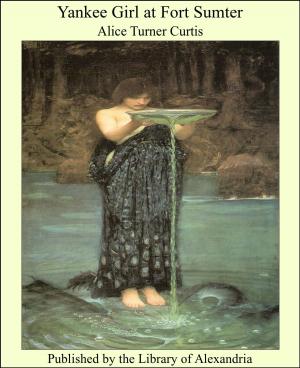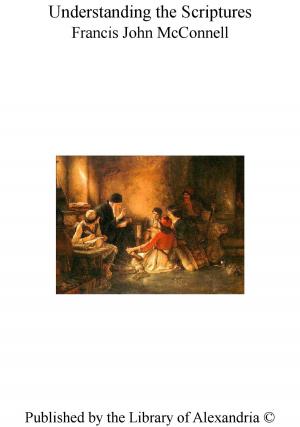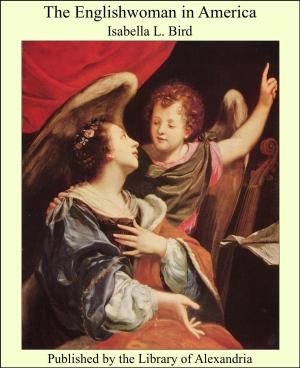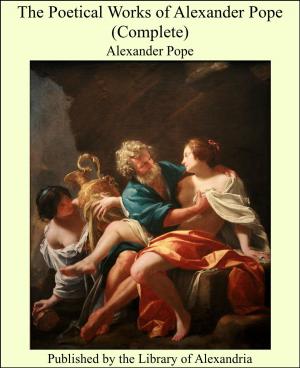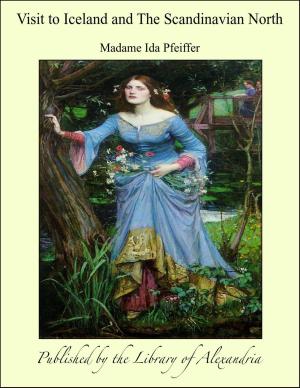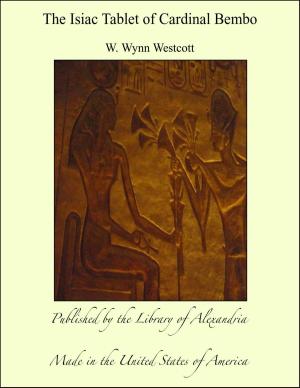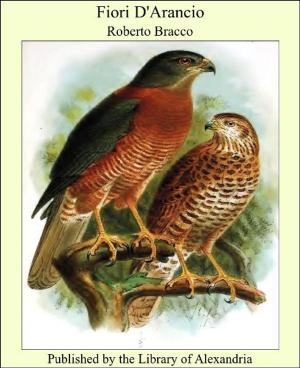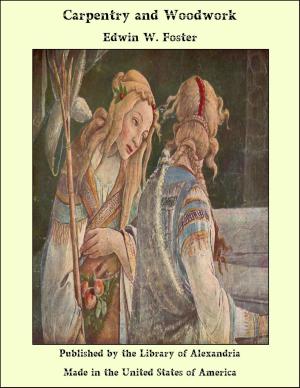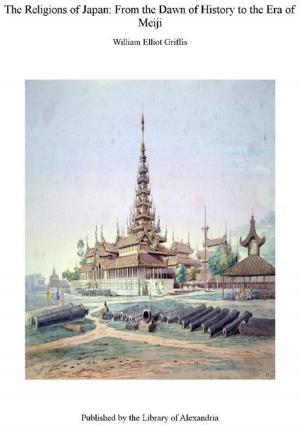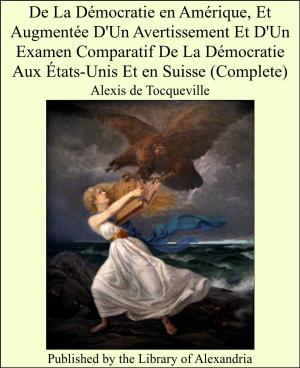| Author: | Evelyn Underhill | ISBN: | 9781465584021 |
| Publisher: | Library of Alexandria | Publication: | March 8, 2015 |
| Imprint: | Language: | English |
| Author: | Evelyn Underhill |
| ISBN: | 9781465584021 |
| Publisher: | Library of Alexandria |
| Publication: | March 8, 2015 |
| Imprint: | |
| Language: | English |
In the history of the spiritual adventures of man, we find at intervals certain great mystics, who appear to gather up and fuse together in the crucible of the heart the diverse tendencies of those who have preceded them, and, adding to these elements the tincture of their own rich experience, give to us an intensely personal, yet universal, vision of God and man. These are constructive spirits, whose creations in the spiritual sphere sum up and represent the best achievement of a whole epoch; as in other spheres the great artist, musician, or poet—always the child of tradition as well as of inspiration—may do. John Ruysbroeck is such a mystic as this. His career, which covers the greater part of the fourteenth century—that golden age of Christian mysticism—seems to exhibit within the circle of a single personality, and carry up to a higher term than ever before, all the best attainments of the Middle Ages in the realm of Eternal Life. Rooted firmly in history, faithful to the teachings of the great Catholic mystics of the primitive and mediæval times, Ruysbroeck does not merely transmit, but transfigures, their principles: making from the salt, sulphur, and mercury of their vision, reason, and love, a new and living jewel—or, in his own words, a ‘sparkling stone’—which reflects the actual radiance of the Uncreated Light. Absorbing from the rich soil of the Middle Ages all the intellectual nourishment which he needs, dependent too, as all real greatness is, on the human environment in which he grows—that mysterious interaction and inter-penetration of personalities without which human consciousness can never develop its full powers—he towers up from the social and intellectual circumstances that conditioned him: a living, growing, unique and creative individual, yet truly a part of the earth from which he springs.
In the history of the spiritual adventures of man, we find at intervals certain great mystics, who appear to gather up and fuse together in the crucible of the heart the diverse tendencies of those who have preceded them, and, adding to these elements the tincture of their own rich experience, give to us an intensely personal, yet universal, vision of God and man. These are constructive spirits, whose creations in the spiritual sphere sum up and represent the best achievement of a whole epoch; as in other spheres the great artist, musician, or poet—always the child of tradition as well as of inspiration—may do. John Ruysbroeck is such a mystic as this. His career, which covers the greater part of the fourteenth century—that golden age of Christian mysticism—seems to exhibit within the circle of a single personality, and carry up to a higher term than ever before, all the best attainments of the Middle Ages in the realm of Eternal Life. Rooted firmly in history, faithful to the teachings of the great Catholic mystics of the primitive and mediæval times, Ruysbroeck does not merely transmit, but transfigures, their principles: making from the salt, sulphur, and mercury of their vision, reason, and love, a new and living jewel—or, in his own words, a ‘sparkling stone’—which reflects the actual radiance of the Uncreated Light. Absorbing from the rich soil of the Middle Ages all the intellectual nourishment which he needs, dependent too, as all real greatness is, on the human environment in which he grows—that mysterious interaction and inter-penetration of personalities without which human consciousness can never develop its full powers—he towers up from the social and intellectual circumstances that conditioned him: a living, growing, unique and creative individual, yet truly a part of the earth from which he springs.


